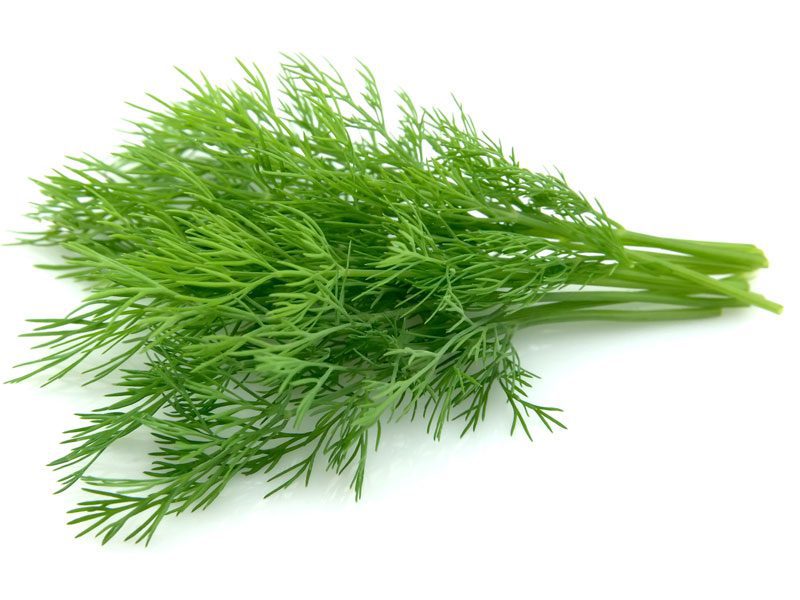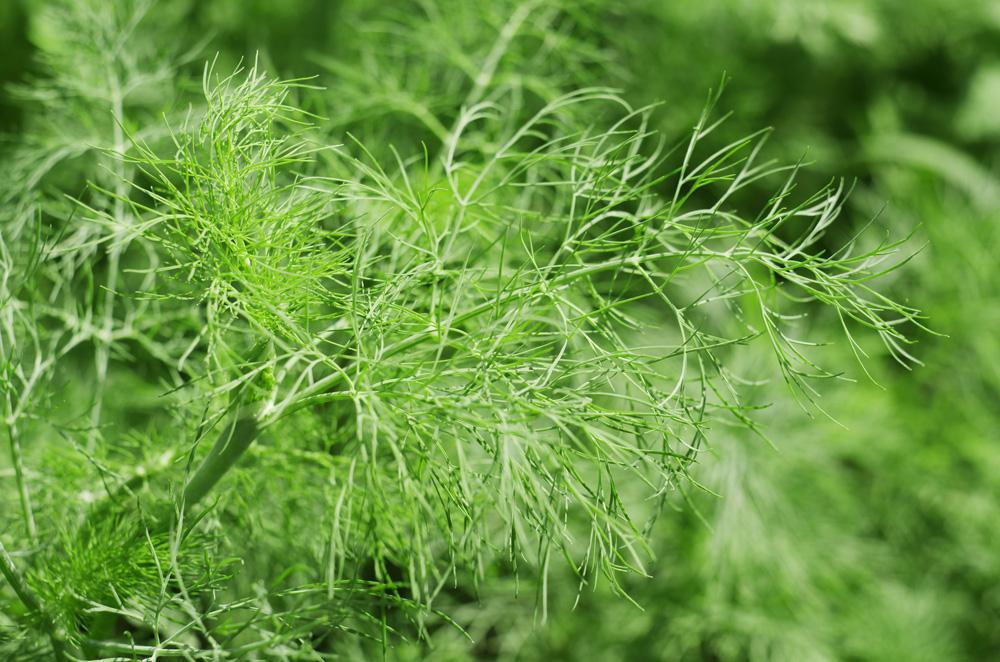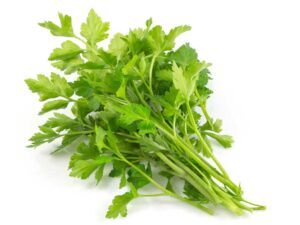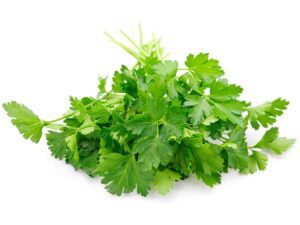HERB ‘Dill’ Seeds
Botanical Name: Anethum graveolens
- Versatile, aromatic herb with dark green feathery leaves.
- Delicate flavour pairs beautifully with fish, eggs, and potatoes.
- Large seeds are excellent for pickling or saving for next season.
- Flowers attract pollinators and beneficial insects.
- Grows well as a mature herb or as delicate microgreens.
What is Dill?
Dill is a soft, leafy annual herb grown for both its fine, aromatic foliage and flavourful seeds. A member of the celery family, it is widely used in European, Middle Eastern, and Indian cuisines. Dill thrives in poor, well-drained soils and prefers to be sown where it will grow, as it dislikes being transplanted.
Plant Details
- Plant Type: Annual herb
- Plant Height: Up to 1 metre
Sowing Information
- Germination: 10–14 days
- Depth: Sow 5 mm deep
- Position: Full sun
- Sow Where: Direct into garden beds or containers
- Soil Type: Well-drained, lean soil (pH 6.0–7.5)
- Spacing: 20–30 cm between plants
Growing Tips
- Dill resents transplanting—sow in final growing position.
- Lean soil enhances flavour—avoid overfeeding.
- Protect from strong wind; plants can become tall and fragile.
- Water regularly to reduce bolting in hot weather.
Harvest (Herb)
Leaves are ready in 50–60 days. Harvest regularly while young for the best flavour. Allow some plants to flower and set seed for pickling or reseeding.
How to Grow Dill as Microgreens
- Feathery microgreen with strong dill aroma and soft texture.
- Germinates in 10–14 days; harvestable in 25–30 days.
- Use 5–10 grams of seed per 10 x 20 inch tray.
- Spray mist or bottom water to avoid damaging young leaves.
- Microgreens can be temperamental; better for experienced growers.
Harvest (Microgreens): Cut 1–2 cm above soil line. Use fresh in dips, salads, and fish dishes.
When to Sow Dill in New Zealand
| NZ Region | Best Planting Time | Tips |
|---|---|---|
| North Island – Upper (e.g. Auckland, Bay of Plenty) | August – March | Sow direct after risk of frost; harvest regularly to delay flowering. |
| North Island – Lower (e.g. Wellington, Taranaki) | September – February | Best in spring; avoid transplanting. Thin seedlings early. |
| South Island – Northern (e.g. Nelson, Marlborough) | October – January | Protect young plants from late frosts. Water during dry spells. |
| South Island – Central & Southern (e.g. Canterbury, Otago) | October – December | Sow once soil warms. Choose sheltered spot to prevent wind damage. |
Quick Growing Guide
| Aspect | Details |
|---|---|
| Germination Time | 10–14 days |
| Sowing Depth | 5 mm |
| Watering | Keep moist during dry spells to prevent bolting |
| Plant Height | Up to 1 metre |
| Soil Type | Poor, well-drained soil (pH 6.0–7.5) |
| Spacing | 20–30 cm between plants |
| Sunlight | Full sun |
| Harvest (Herb) | 50–60 days after sowing |
| Harvest (Microgreens) | 25–30 days after sowing |
Click here to download your FREE Seed Raising Guide.





